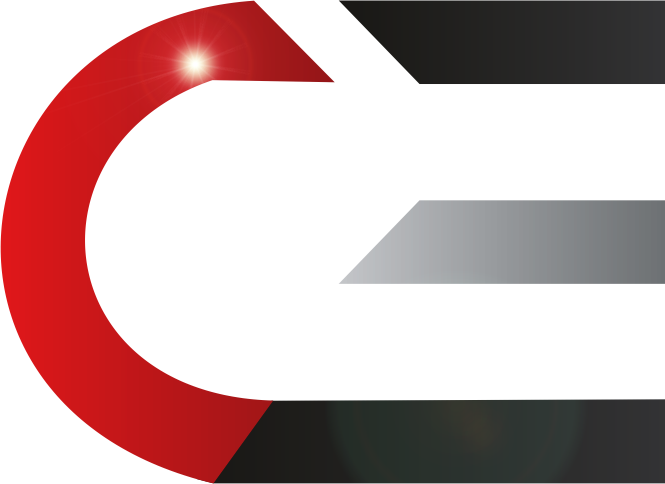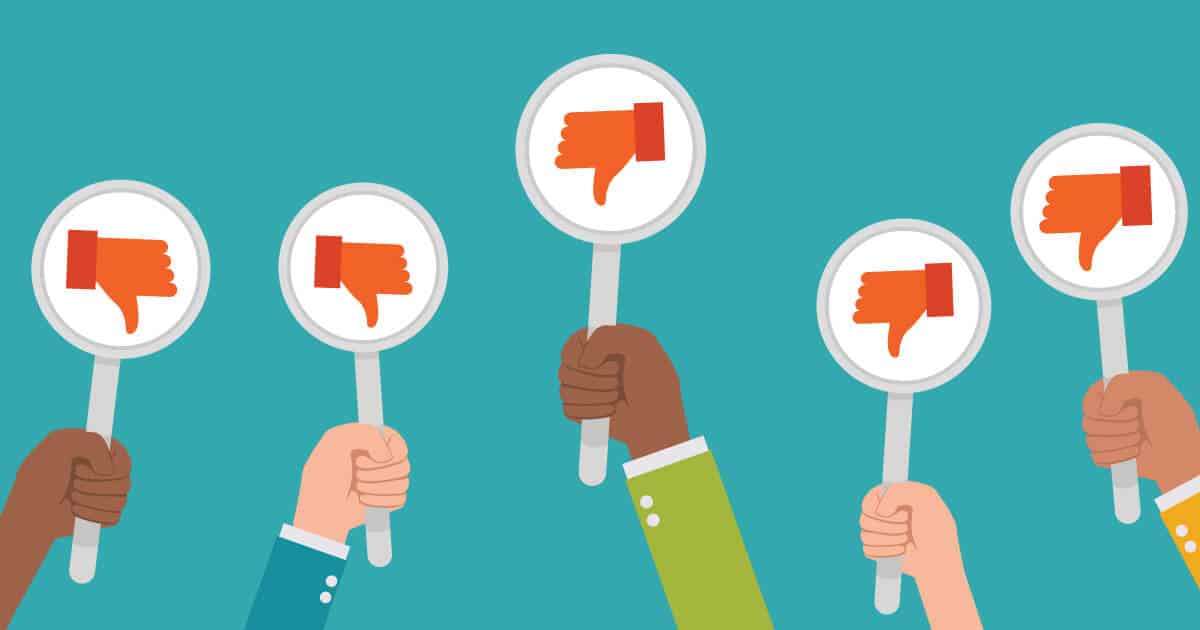One size does not fit all when it comes to how you lead your team. Yes, we all have a default leadership style, but you have to learn the other styles to be most effective as a manager.
Think about it: Some days you need to be a coach while other days require you to be visionary and motivational. Occasionally you even need to be a dictator.
There is no right or wrong leadership style. Every leader has their own unique voice and their own individual approach to people and projects. However, it is important to realize that different styles may work best at different times, and to achieve different purposes.
While being genuine is an essential part of leadership, you must learn to adapt your leadership style as the business environment, team members and goals change around you. Any leader, even a highly collaborative one, uses a range of different styles at different times – even, perhaps, in the course of a single day.
The different leadership styles fall into five basic categories:
- Authoritative – also called autocratic
- Coaching
- Coercive – also called transactional
- Democratic
- Pacesetting
Authoritative leadership
Authoritative, or autocratic, leadership works best when a team needs strong direction. This type of leadership identifies the challenges ahead and focuses the team on a common goal, yet allows individuals to decide how their efforts will get the desired end result. Authoritative leadership doesn’t work if the team members are more expert than the leader because you can’t be authoritative on a subject where you lack deep knowledge and experience.
In an era marked by rapid change and uncertainty, authoritative leadership can be particularly effective in driving swift, decisive action when navigating crises or pivoting business strategies. However, with the increasing value placed on collaboration and innovation, leaders must balance authoritative decisions with opportunities for team input, ensuring that employees remain engaged and motivated despite top-down directives.
Coaching leadership
This style of leadership is most effective when employees are receptive to change and learn. The coach does just what the name implies: Helps employees grow and learn. This leadership style focuses on long-term personal development as well as job-related skills. Coaching is least effective when an employee is defiant or if the leader lacks proficiency in what they’re trying to teach.
Coaching leadership is best applied when performance or results need improvement. When using this style, your goals should be to help others to advance their skills, build bench strength and provide a lot of guidance. This can be especially helpful when faced with challenges around reskilling and upskilling, like when a team needs to adapt to new technological advancements.
Coercive leadership
Coercive leadership is also called transactional leadership and is the most directive of the leadership styles. Think of it as the “do what I tell you right now” style. Coercive leadership should be used sparingly because it stifles creativity and enthusiasm. However, this style works well if the building is on fire, a teammate is out of control, or the organization requires an immediate overhaul.
Coercive leadership is best applied during a crisis or during a period of significant change. A manager might also employ this style when a business unit is not operating profitably due to wasteful practices. However, as organizations increasingly prioritize innovation and employee engagement, over-reliance on coercive tactics can hinder creativity and morale. Leaders must know when to deploy this style to stabilize situations without stifling the organization’s culture.
Democratic leadership
It’s easy to understand what democratic leaders do: They let their team have input in decisions and share their ideas. Democratic leadership works when the team needs to feel ownership in the plan or goal. Everyone is given a seat at the table, and discussion is relatively free-flowing. This leader will synthesize all the available information into the best possible decision. Since this style is time-consuming, it should be avoided if a deadline is imminent or employees don’t have the expertise or experience to offer helpful advice.
Democratic leadership is best applied when situations change frequently. This style offers a great deal of flexibility to adapt to better ways of doing things, but it can be somewhat time-consuming to make a decision in this structure. With the rise of remote and hybrid work environments, democratic leadership has gained prominence as it encourages team involvement and fosters a sense of ownership, even from a distance.
Pacesetting leadership
Think of this style as lead-by-example leadership. Pacesetting leaders set high expectations and demand quick results. It works if the team is already motivated and skilled at their jobs. Used too much, pacesetting leaders risk burning out their team and depressing innovation. It also doesn’t work when training or coaching is needed.
Pacesetter leadership is best applied when a business or department needs quick results from a group that is already highly motivated and competent. There is no time to learn on the job or teach someone a skill with this leadership style. However, with the increasing awareness of the importance of mental health and employee well-being, leaders must be cautious not to push their teams too hard.
How to choose a leadership style
To determine which leadership style fits a given situation, you must first know what your team needs for the task at hand. Analyze your team’s and your strengths and the needed results, then flex your leadership style to fit the end goal. For that reason, being conscious of both your own style as a leader and those of others you hire can be crucial to keeping your organization on the right track.
And, while it’s easy to say you should change your leadership style to fit different teams, employees and situations, it’s not that easy to do. Spend some time thinking about what you think your default style is, and consult a trusted colleague or mentor to ask if they agree.
Questions to ask yourself: How do I behave under stress? Do you find yourself asking others for opinions or do you tell everyone what to do? Which leadership style seems most comfortable to you?
From there, it will take more time to discover what best motivates your people in which circumstances.
Eventually, you will create your own leadership style, one that is authentic, balanced, adaptable, visionary and best leverages your employees so that you all achieve great things.
Incorporating emotional intelligence into leadership styles
In today’s rapidly evolving workplace, emotional intelligence (EI) is a critical component of effective leadership.
When you combine emotional intelligence with the flexibility to adapt your leadership style, you’re able to create a more supportive and responsive work environment. For instance, in a stressful situation, a leader with high emotional intelligence might recognize the need to shift from an authoritative style to a more coaching approach, offering empathy and guidance to team members who are feeling overwhelmed. Conversely, during a period of high productivity, a pacesetting style may be more appropriate, but EI allows you to monitor your team’s stress levels and adjust as needed to avoid burnout.
Incorporating emotional intelligence into your leadership toolbox ensures that you’re not just reacting to situations, but proactively creating an environment where your team can thrive.
Summing it up
Leadership is not a one-size-fits-all approach. The most effective leaders are those who can assess the situation, understand their team’s needs, and adapt their leadership style accordingly.
In today’s complex business landscape, this flexibility is more important than ever. Whether you’re guiding your team through a crisis with authoritative decisiveness, fostering growth with a coaching approach or driving results with a pacesetting pace, the key is to remain responsive to the evolving dynamics around you. No matter what your leadership style is, you can find tips to improve your business by downloading the e-book: How to Develop a Top-notch Workforce That Will Accelerate Your Business.

